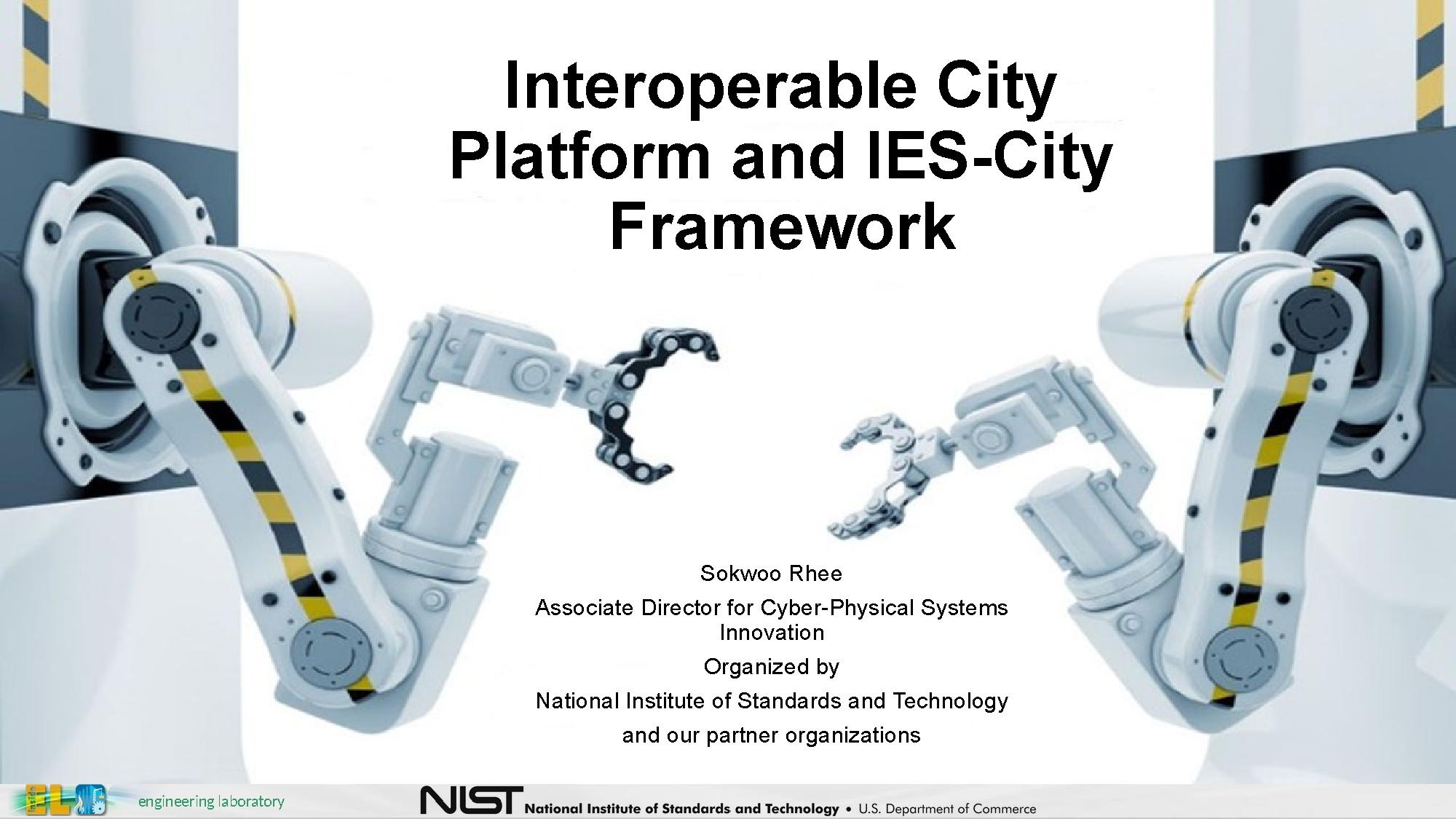IES-City Framework: Difference between revisions
Jump to navigation
Jump to search
No edit summary |
No edit summary |
||
| Line 1: | Line 1: | ||
{{Webinar | {{Webinar | ||
| | |description=Two barriers currently exist to effective and powerful smart city solutions. First, many current smart city ICT deployments are based on custom systems that are not interoperable, portable across cities, extensible, or cost-effective. Second, a number of architectural design efforts are currently underway (e.g. ISO/IEC JTC1, IEC, IEEE, ITU and consortia) but have not yet converged, creating uncertainty among stakeholders. To reduce these barriers, NIST and its partners convened an international public working group to compare and distil from these architectural efforts and city stakeholders a consensus framework of common architectural features to enable smart city solutions that meet the needs of modern communities. | ||
| | |image=NIST.png | ||
| | |website=https://pages.nist.gov/smartcitiesarchitecture/ | ||
| | |presentation=City Platform Group - NIST IES-CityFramework.pdf | ||
|sector=Data | |sector=Data | ||
| | |youtube=pkn6-d697Ew | ||
}} | }} | ||
Revision as of 16:46, March 5, 2022
Description: Two barriers currently exist to effective and powerful smart city solutions. First, many current smart city ICT deployments are based on custom systems that are not interoperable, portable across cities, extensible, or cost-effective. Second, a number of architectural design efforts are currently underway (e.g. ISO/IEC JTC1, IEC, IEEE, ITU and consortia) but have not yet converged, creating uncertainty among stakeholders. To reduce these barriers, NIST and its partners convened an international public working group to compare and distil from these architectural efforts and city stakeholders a consensus framework of common architectural features to enable smart city solutions that meet the needs of modern communities.

